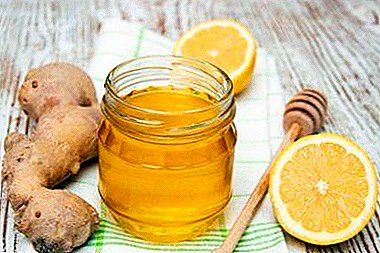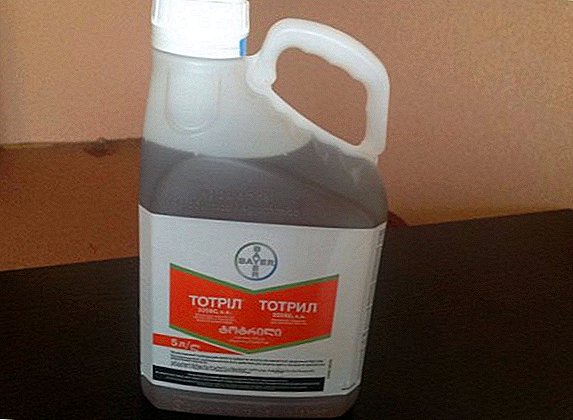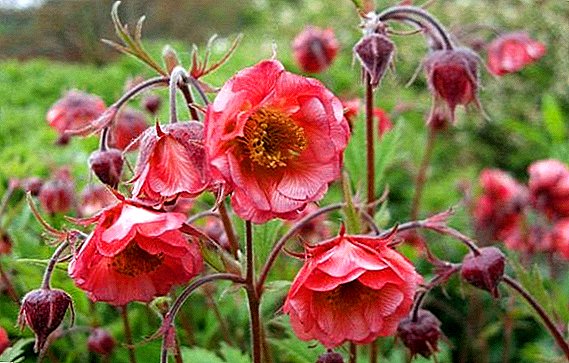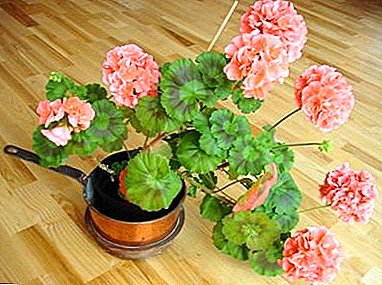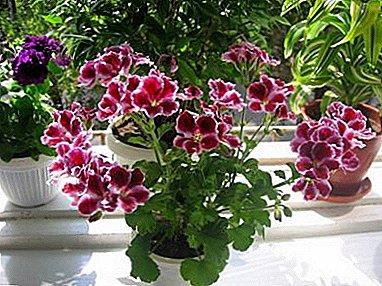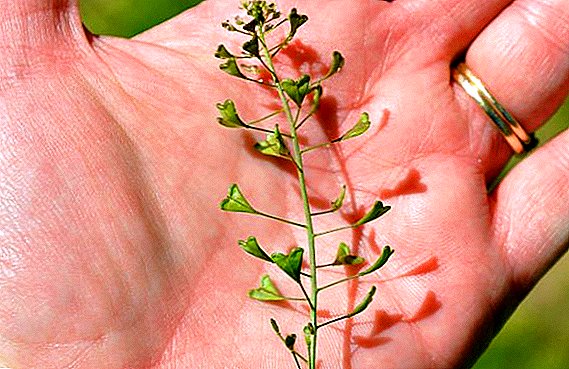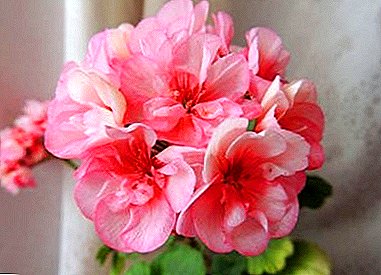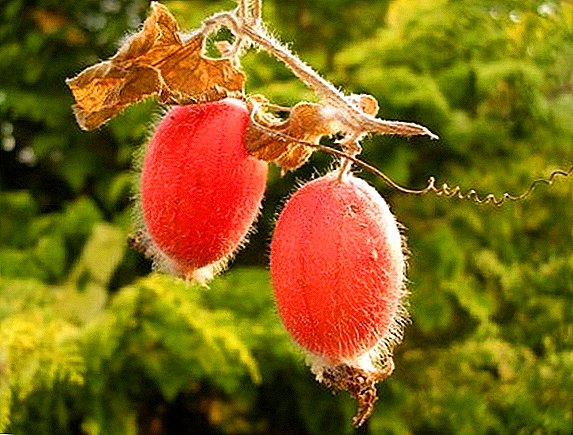 Tladiant (red cucumber) can be easily attributed to exotic plants, although this vegetable belongs to the pumpkin family.
Tladiant (red cucumber) can be easily attributed to exotic plants, although this vegetable belongs to the pumpkin family.
Today, red cucumber is grown in the countries of Southeast Asia, Europe and America, but the Far East is rightfully considered its birthplace, although this vegetable was used there as an ornamental plant.
Tladiant or red cucumber: description
This vegetable is called red cucumber due to the similarity of fruits with ordinary cucumbers. The fruits of this plant do not exceed 6 cm in length and 2 cm in diameter, have a light down, which disappears as the fruit ripens. During the period of ripening, the fruits acquire a red color, which is why the name "red cucumber" came. This plant can also be called a perennial cucumber due to the fact that its above-ground part dies before winter, and for wintering in the soil there are potatoes similar to potato, with which the plant propagates. 
Did you know? In food use still green, not ripened fruits. You can eat them both raw and after heat treatment.
Where to plant tladiant
Place for planting red cucumber choose sunny or in partial shade. The easiest way is to plant tladiants in spring with tubers to a depth of 6-8 cm. When planting, it should be taken into account that new tubers can be formed over a full growing season at a distance of up to two meters from the planting site. In order for a red cucumber not to spread under the ground throughout the site, it is necessary to limit the landing site to pieces of slate to a depth of at least half a meter. Male and female plants are also recommended to distinguish between slate to prevent them from becoming tangled and to be able to distinguish them further. 
Plant Care
Caring for a red cucumber, its cultivation will not give the gardener more trouble. Watering should be from one to three times a week, depending on the climate with the subsequent subsequent loosening of the soil. During the entire growing season, the lower shoots need to be cut so that the tladiant does not spread throughout the site. In the autumn, the above-ground part of the plant must be cut, and extra tubers must be dug out. If you want the plant to have a more beautiful look, you should increase the number of buds - add a solution of ash and superphosphate to the soil. Water the soil with a two-day solution of 1 cup of ash in 2-3 liters of water, consuming 5 liters per square meter.
Red Cucumber Breeding
Tladiant propagates both vegetatively (tubers) and seeds. For seed propagation of red cucumber, use seedlings. Seeds should be dried at room temperature and laid for 3-4 months for stratification in a room with a temperature of + 1-5 ° C. Before sowing, seeds should be soaked in hot water (preferably in a thermos) for 6-8 hours, then sown in moist soil for 2-3 cm. Seedlings should be planted directly on the landing site in May. 
What should pay attention
For abundant fruiting, it is necessary to artificially pollinate the stigmas of female flowers, for this you can take a soft brush or pluck male flowers and pollinate, touching the dust particles to the pistil of the female flower. The success of pollination can be determined by setting fruit - short green cucumbers. Red cucumber blooms all summer bright yellow tulip-like flowers.
Important! The red cucumber can be pollinated by other cultures of the pumpkin family, such as the ordinary cucumber, zucchini or pumpkin, with the formation of seedless fruits. However, to obtain seeds, it is necessary to pollinate male flowers with pollen, namely tladiants.
Red cucumber is his own breeder
Tladiant questionable belongs to the group of grassy lianas and has a root system in the form of thickened roots. At this plant at the end of the underground shoots are formed small, from 2 to 8 cm nodules, the so-called storage body. From the vegetative buds of such tubers new young shoots grow, and the whole above-ground mass of plants ends its cycle and dies. Tubers are not afraid of frost and tolerate the winter well. 
Did you know? Even I. V. Michurin at one time hatched plans to use tladiants for the development of perennial pumpkin crops. And if he managed to carry out his plans, then we would now grow perennial cucumbers and even watermelons on our plots and would collect a wonderful harvest.
Decorative red cucumber
Due to the specific taste of the fruit, as well as due to its rapid growth and resistance to bad weather factors, the tladiant is called "ornamental cucumber" and grown for decorative purposes. Over the summer, the red cucumber grows to six meters and beautifully braids any support provided to it.  Thanks to its bright colors, it will look good on the sunny side of the house, gazebo or fence. It will look particularly impressive on phyto walls, they can be used to decorate loggias, a dried-up tree on the plot, or even a compost pit. Due to the pubescence of the leaves, the red cucumber adheres well to walls, trees and other objects, but the plant is not poisonous and does not cause irritation or skin burns.
Thanks to its bright colors, it will look good on the sunny side of the house, gazebo or fence. It will look particularly impressive on phyto walls, they can be used to decorate loggias, a dried-up tree on the plot, or even a compost pit. Due to the pubescence of the leaves, the red cucumber adheres well to walls, trees and other objects, but the plant is not poisonous and does not cause irritation or skin burns.
Useful properties of the plant
Tladiant has a wide application in eastern medicine. A decoction of seeds, for example, is used as a choleretic or diuretic, and with regular consumption of fresh vegetables, it is possible to normalize the work of the gastrointestinal tract. Also, the plant has immunostimulating and anti-inflammatory properties, is used to get rid of headaches and hypertension. Oriental healers prepare an infusion from the flowers of red cucumber and apply it during a flu epidemic. Red cucumber has received such wide application in medicine due to its high content of vitamins A, B, E, C, macro- and microelements: potassium, calcium, magnesium, cobalt, iron, phosphorus and others.
Important! Limiting the use of home infusions and decoctions of red cucumber is due to individual intolerance.


